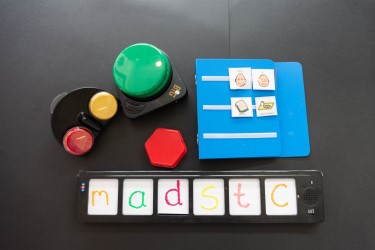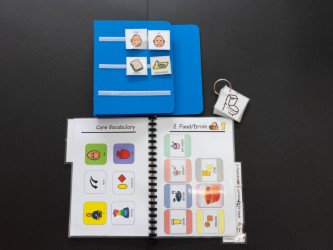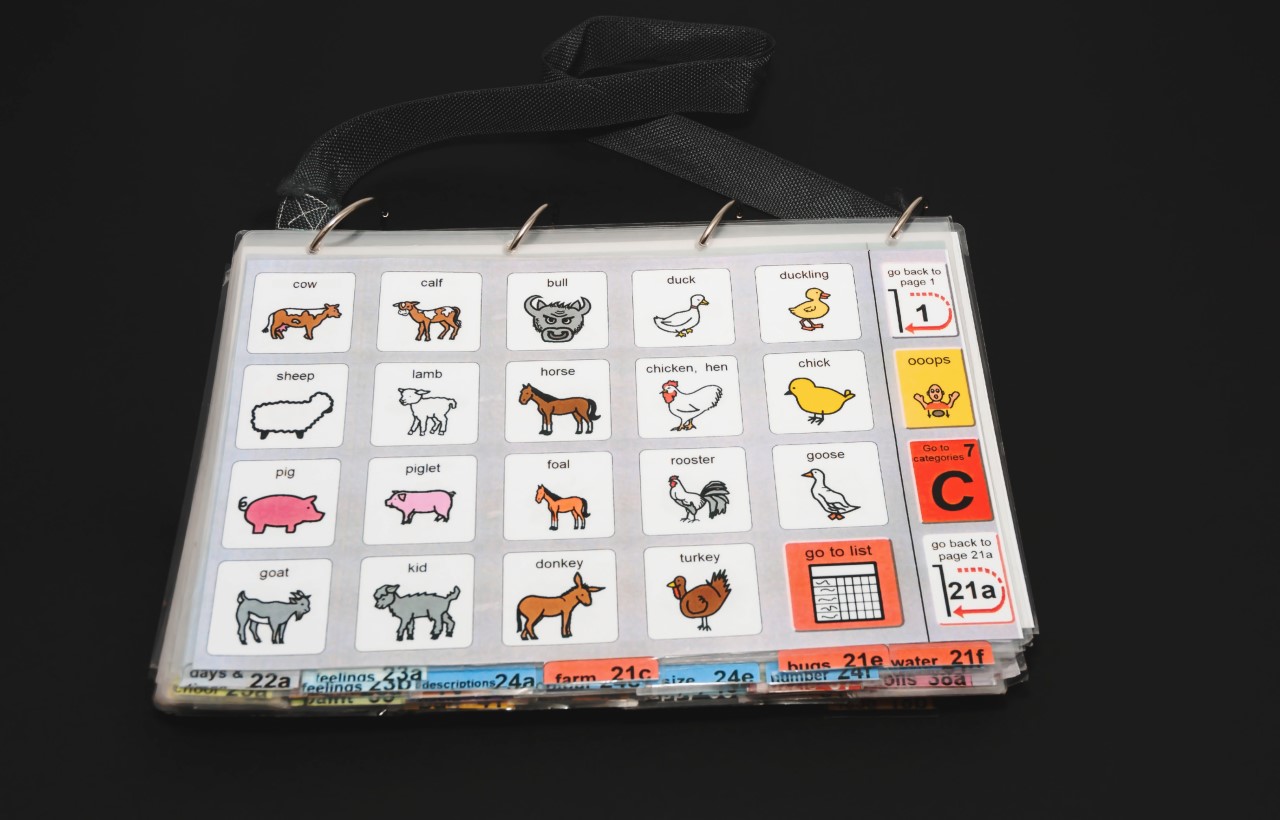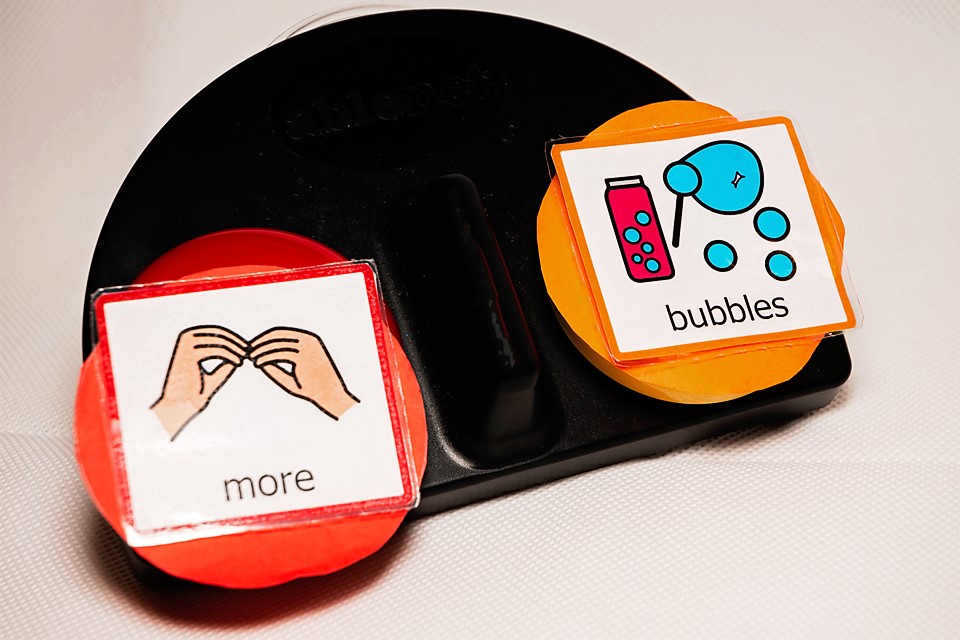Communication
Intent
At Kemball, our Communication development and delivery reflects our school mission;
To maximise each pupil’s potential by enabling him/her to achieve as much independence as possible and to enjoy a quality of life which is both stimulating and rewarding.
Our aim is to ensure that each pupil develops functional communication that meets their needs as a learner and member of society by ensuring they have the opportunities to
- Express opinions and preferences
- Request what they want / need
- Protest undesired actions / events
- Disagree, complain, argue, negotiate
- Talk about personal experiences and the world around them
- Self-advocate and make decisions related to their own life
- Use language to regulate themselves and their environment, as well as directing others
- Establish and grow relationships with others
- Develop literacy skills
Development of Communication begins in Early Years and continues to develop throughout the school. Our aim is for the pupils to develop their functional communication skills and be able to use these in a wide variety of situations and settings. Effective communication skills ensure that each pupil develops and thrives. Communication bridges general and cultural divides and helps to reach the goals of social development.
As the pupils attending Kemball School present with a wide range of physical, learning and language abilities they will access learning experiences and activities in very different ways. On entry to Kemball some children will have no or limited language and will therefore find it difficult to communicate ideas and ask questions, others will have restricted physical abilities and may rely on assistance to communicate. Our intention is that each pupil progresses through their schooling developing a communication system that enables them to be able to say what they want to say, whenever they want to say it, to whoever they chose to say it to in whatever means they choose to use.




Implementation
At Kemball school we use a total communication approach. This means that we use and find the right combination of communication methods for each person. This approach helps an individual to form connections, ensures successful interactions and supports information exchanges and conversations. A combination of methods are used, which reinforce each other and strengthen meaning for the individual.
Communication and language can be divided into three aspects
- Listening and attention (Receptive communication)
- Understanding (Receptive Communication)
- Speaking (Expressive Communication)
Listening and attention activities are planned to meet the needs of the pupils. For some pupils, this is part of the English curriculum, for others specific opportunities are planned, particularly for those with hearing or visual impairment. Some pupils at Kemball School are supported by the Local Authority HI / VI team. For those with hearing impairment, a sound field is able to be used. These are installed in each classroom.
At Kemball School we use alternative communication alongside spoken language during routines so that pupils can understand what is happening. To enhance understanding we use a combination of symbols, Makaton and Objects of Reference depending on the needs of the learners in each class. Each class in the EYFS and engagement pathway (and progression and functional as required) has a class PODD book that is used for modelling language throughout the day.
For pupils at Kemball School ‘speaking’ takes many forms and does not always mean verbally using their voice. Pupils are taught to communicate in a variety of ways in order to develop their functional communication skills. Some pupils may have specific sessions where they are taught on a 1:1 basis (e.g. when moving to a different stage of PECS) or may take part in group sessions that encourage verbal and non-verbal communication such as TacPac and Intensive Interaction.
Where required pupils use Alternative and Augmentative Communication. This includes
- Objects of Reference
- Makaton
- Communication books
- Aided Language Displays
- PODD books
- PECS
- Switches
- Voice Output Communication Aids (VOCA)
- APPS
Communication skills are taught daily, either as part of English lessons / sensory stories or as a discrete lesson in itself. These skills are then accessed through wider curriculum activities throughout the day.
We work closely with parents to ensure that whichever communication system is used in school is also used at home. We provide both 1:1 training and parental workshops to ensure that this is consistent.
Impact
Pupils at Kemball school are effective communicators. They are able to use their individual communication methods to make their requests known. They develop the communication skills to help them become as independent and autonomous as possible.